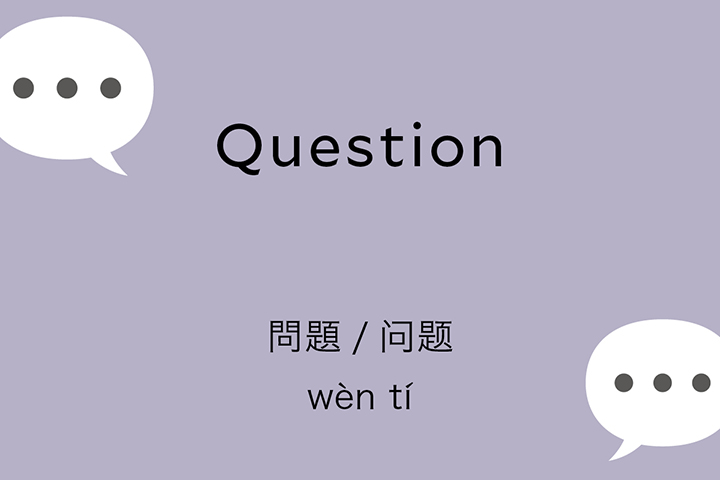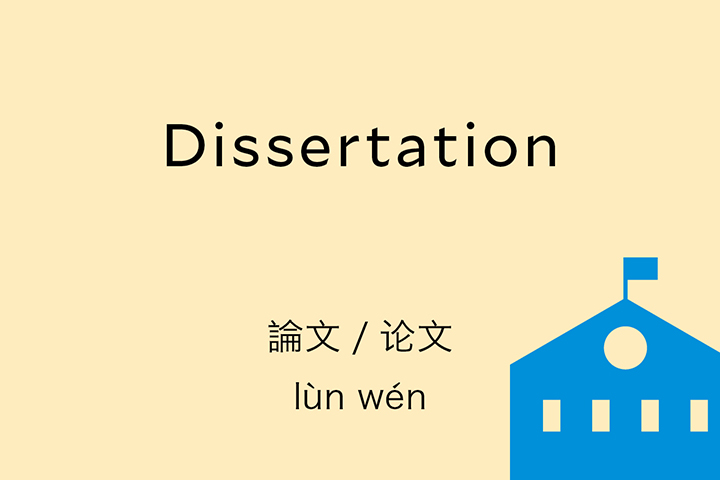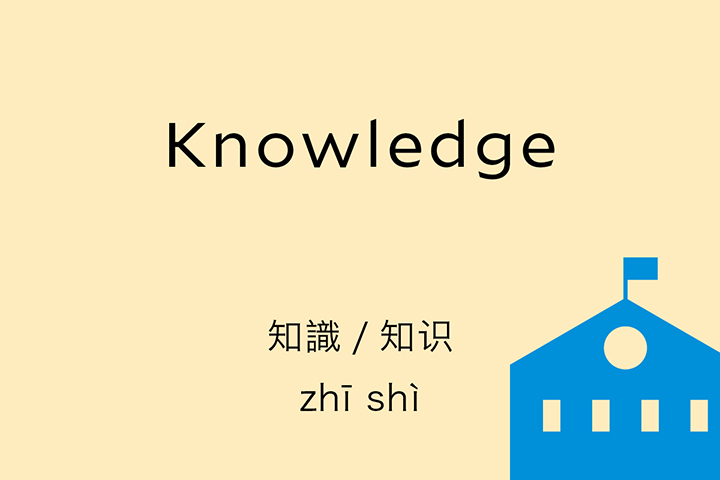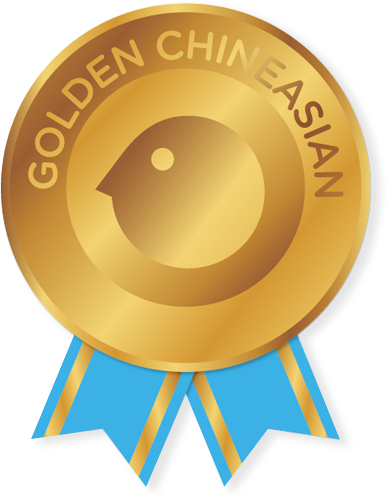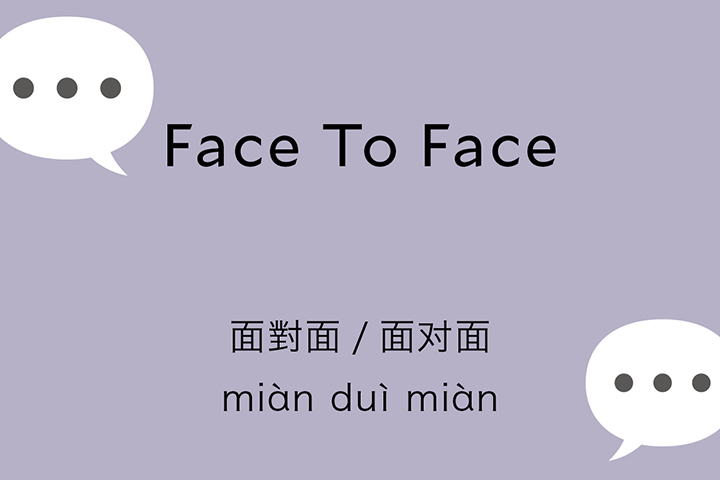
263 Face to Face
How important is it to have face to face meetings in today’s globalized and technological society? TED resident and the host of Conversation360 Podcast, Susan Bird, believes that face to face conversation is even more important today than ever before. She believes that conversation shouldn’t be a luxury, and discusses with ShaoLan how modern technology can sometimes be a barrier to real conversation. She even suggests that conversation should be taught in schools so that children can learn not just how to speak but how to listen and engage with others, regardless of their differences.
In Chinese, the way to say “face to face” is 面對面/面对面. The first and last character 面 means “face,” which could be a human face, but can also apply to the face of an object. The middle character 對/对 can mean “correct” but also means “opposite” in terms of position. If you were to take away the first 面, then 對面/对面 would mean “the opposite side from here” so all together, 面對面/面对面 can be directly translated as “the face opposite the other face” or simply “face to face.”








